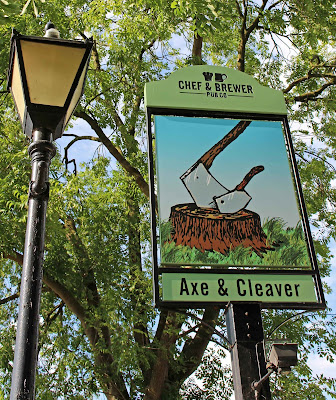Angels are a common sight in Christian cemeteries, carved in stone, standing tall at the heads of graves, carrying the wishes of
the deceased’s family that their loved one has gone to heaven to dwell in peace
forevermore.
Most of the angels guarding the graves at Cathays
Cemetery in Cardiff are female, though depictions of two particular male angels
are not uncommon elsewhere and can be indentified by the objects associated
with them, Michael with his sword and Gabriel with a horn.
The female angels also appear with objects, often
wreaths or flowers, or in specific poses with symbolic meaning. Some angels
appear to weep, expressing grief over a life too soon cut short, others gaze
sorrowfully skyward, perhaps appealing for God’s mercy. Occasionally, an angel
will be shown carrying a child, or perhaps embracing the dead person as they
escort them on their final journey to heaven. Angels can be young or old, and a
grouping of several angels together is said to represent heaven itself.
Just as we would choose a particular type of
headstone from a catalogue today, so the Victorians chose their grave markers
from the catalogues of monumental masons. It is quite common, therefore, to
find almost exact replicas of angel statues in one cemetery, as you can see
from the photograph below. Usually no attempt is made to individualise these
statues – most are ‘off-the-rack’ creations – but, occasionally, the faces are
different. Whether these are an attempt to recall the deceased person or simply a reflection of each mason’s artistic skills, I’m not sure.
Without meaning to seem disrespectful to the dead,
statues of angels always remind me of the television programme Doctor Who and one of its scariest alien
races, the Weeping Angels. Resembling the stone statues of winged angels in
draped clothing that are so common in Victorian cemeteries, these creatures have
the ability to move metres in the blink of an eye, as long as no one is looking
at them.
Doctor Who is recorded in Cardiff , and various locations around the city have been
used in the filming of outdoor scenes, including Cathays Cemetery
 |
| The features of the angels shown in the centre and at right appear more individual than most |





















































